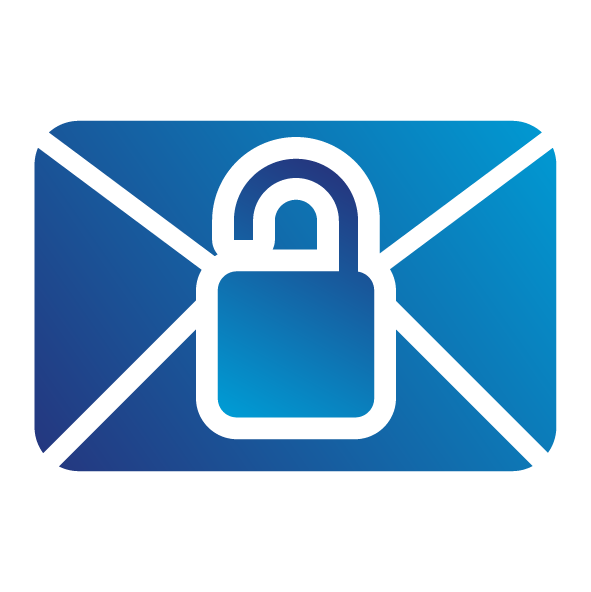A08:2021 – Software and Data Integrity Failures 
Factors
| CWEs Mapped | Max Incidence Rate | Avg Incidence Rate | Avg Weighted Exploit | Avg Weighted Impact | Max Coverage | Avg Coverage | Total Occurrences | Total CVEs |
|---|---|---|---|---|---|---|---|---|
| 10 | 16.67% | 2.05% | 6.94 | 7.94 | 75.04% | 45.35% | 47,972 | 1,152 |
Overview
A new category for 2021 focuses on making assumptions related to software updates, critical data, and CI/CD pipelines without verifying integrity. One of the highest weighted impacts from Common Vulnerability and Exposures/Common Vulnerability Scoring System (CVE/CVSS) data. Notable Common Weakness Enumerations (CWEs) include CWE-829: Inclusion of Functionality from Untrusted Control Sphere, CWE-494: Download of Code Without Integrity Check, and CWE-502: Deserialization of Untrusted Data.
Description
Software and data integrity failures relate to code and infrastructure that does not protect against integrity violations. An example of this is where an application relies upon plugins, libraries, or modules from untrusted sources, repositories, and content delivery networks (CDNs). An insecure CI/CD pipeline can introduce the potential for unauthorized access, malicious code, or system compromise. Lastly, many applications now include auto-update functionality, where updates are downloaded without sufficient integrity verification and applied to the previously trusted application. Attackers could potentially upload their own updates to be distributed and run on all installations. Another example is where objects or data are encoded or serialized into a structure that an attacker can see and modify is vulnerable to insecure deserialization.
How to Prevent
-
Use digital signatures or similar mechanisms to verify the software or data is from the expected source and has not been altered.
-
Ensure libraries and dependencies, such as npm or Maven, are consuming trusted repositories. If you have a higher risk profile, consider hosting an internal known-good repository that's vetted.
-
Ensure that a software supply chain security tool, such as OWASP Dependency Check or OWASP CycloneDX, is used to verify that components do not contain known vulnerabilities
-
Ensure that there is a review process for code and configuration changes to minimize the chance that malicious code or configuration could be introduced into your software pipeline.
-
Ensure that your CI/CD pipeline has proper segregation, configuration, and access control to ensure the integrity of the code flowing through the build and deploy processes.
-
Ensure that unsigned or unencrypted serialized data is not sent to untrusted clients without some form of integrity check or digital signature to detect tampering or replay of the serialized data
Example Attack Scenarios
Scenario #1 Update without signing: Many home routers, set-top boxes, device firmware, and others do not verify updates via signed firmware. Unsigned firmware is a growing target for attackers and is expected to only get worse. This is a major concern as many times there is no mechanism to remediate other than to fix in a future version and wait for previous versions to age out.
Scenario #2 SolarWinds malicious update: Nation-states have been known to attack update mechanisms, with a recent notable attack being the SolarWinds Orion attack. The company that develops the software had secure build and update integrity processes. Still, these were able to be subverted, and for several months, the firm distributed a highly targeted malicious update to more than 18,000 organizations, of which around 100 or so were affected. This is one of the most far-reaching and most significant breaches of this nature in history.
Scenario #3 Insecure Deserialization: A React application calls a set of Spring Boot microservices. Being functional programmers, they tried to ensure that their code is immutable. The solution they came up with is serializing the user state and passing it back and forth with each request. An attacker notices the "rO0" Java object signature (in base64) and uses the Java Serial Killer tool to gain remote code execution on the application server.
References
-
[OWASP Cheat Sheet: Software Supply Chain Security](Coming Soon)
-
[OWASP Cheat Sheet: Secure build and deployment](Coming Soon)
-
A 'Worst Nightmare' Cyberattack: The Untold Story Of The SolarWinds Hack
List of Mapped CWEs
CWE-345 Insufficient Verification of Data Authenticity
CWE-353 Missing Support for Integrity Check
CWE-494 Download of Code Without Integrity Check
CWE-502 Deserialization of Untrusted Data
CWE-565 Reliance on Cookies without Validation and Integrity Checking
CWE-784 Reliance on Cookies without Validation and Integrity Checking in a Security Decision
CWE-829 Inclusion of Functionality from Untrusted Control Sphere
CWE-830 Inclusion of Web Functionality from an Untrusted Source
CWE-915 Improperly Controlled Modification of Dynamically-Determined Object Attributes